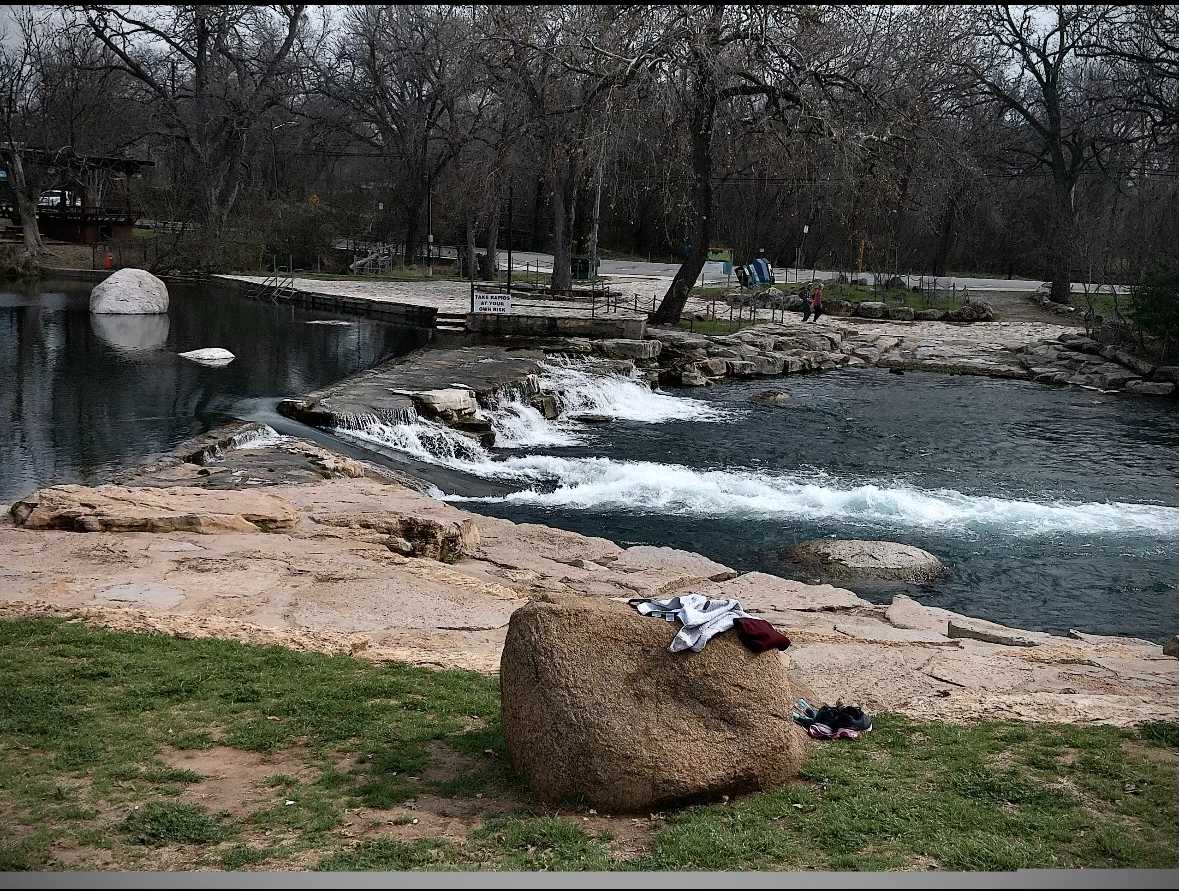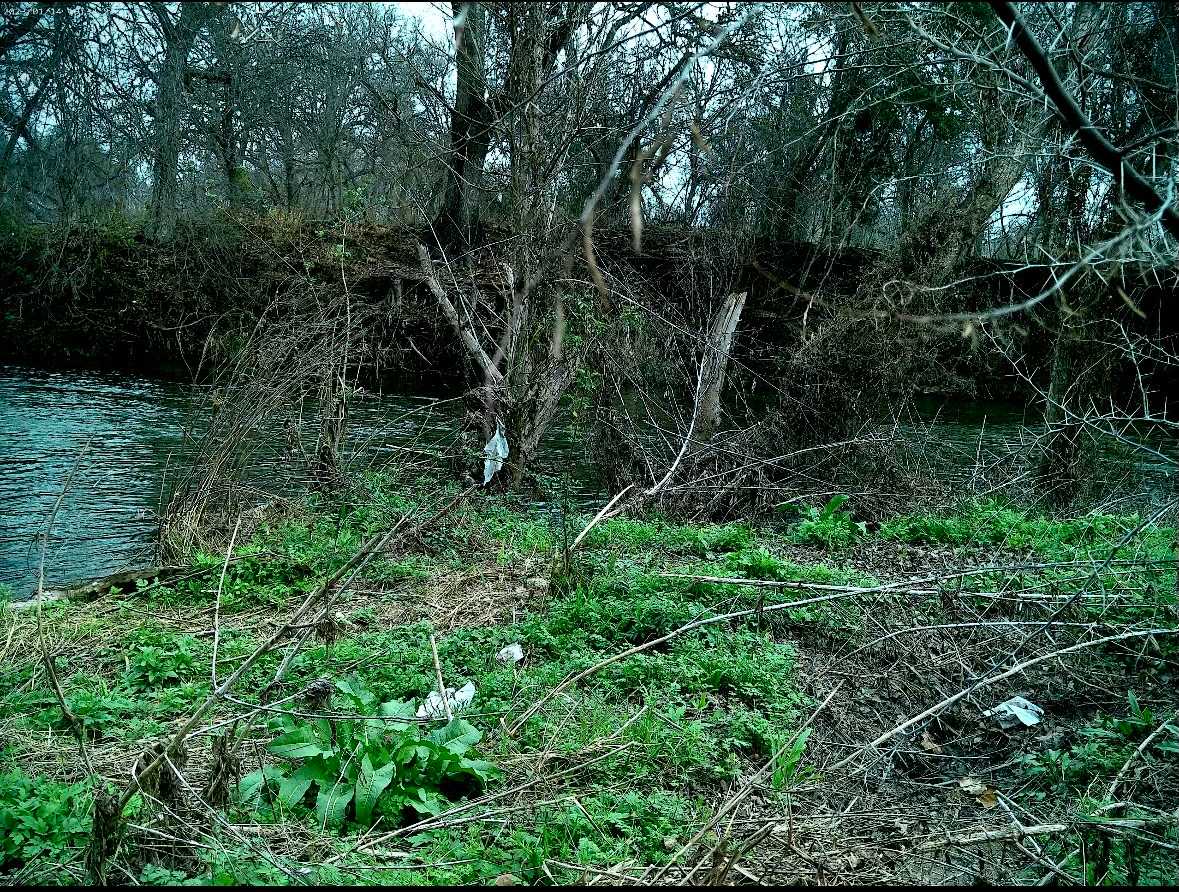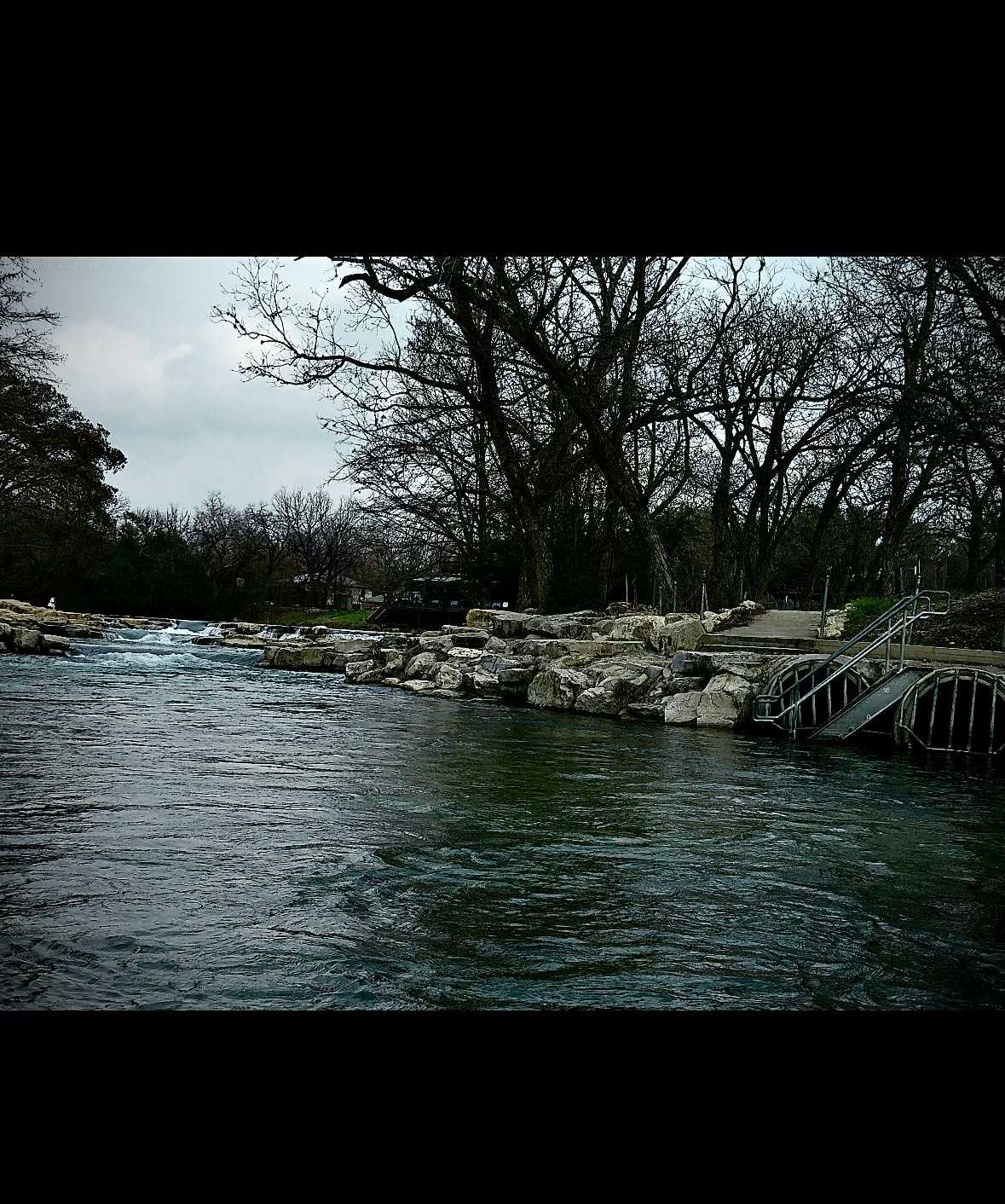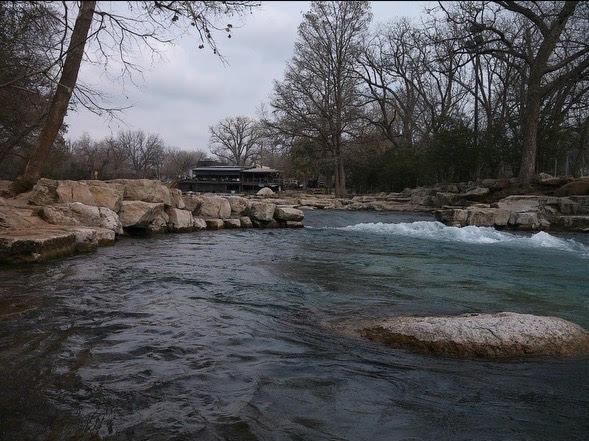Story by Mercury Thompson
Photography by Bao Wilkins
In the depths of the diverse and colorful San Marcos, Texas lies the alluring and widely-known main attraction: the San Marcos River. Dating all the way back to the 1600s, multiple rivers including the Colorado River and Navidad River were mistakenly named the San Marcos River, but as colonists continued to venture throughout the country they found our beautiful waters, and by the 1800s, both the colonists and indigenous people bathed and lived by the river.
‘‘Archeologists have found evidence at the river associated with the Clovis culture, which suggests that the San Marcos River has been the site of human habitation for more than 10,000 years.’’ reports tshaonline.org. This river has been built upon and used to power mills, houses, and now, our city’s population for thousands of years, giving life to people, plants, and the environment.
But what if our lack of initiative causes the San Marcos River to go away?
As of last summer, ‘‘Water levels are less than half of what the average typically is,’’ says Virginia Parker, the executive director of the San Marcos River Foundation. There hasn’t been enough water, or there’s been too much and it’s all deflated again in a matter of days. Many San Martians including myself have abandoned their usual weekend visits to the river, and avid tubers and swimmers smack the bottom when they cannonball. ‘‘Parker said the lower levels make the water more wadable, where people are walking rather than swimming in the river,’’
What is causing this transformation to the San Marcos River? Are our actions as San Martians negatively affecting our river’s health?
In this article, we’ll discuss the two main contributors to the endangerment of the San Marcos River and what we can do to help keep our river happy and healthy.
RUNOFF
Plastic. Trash. Cigarettes. Water Toys. Clothing. Deflated tubes. The list goes on. All the way down to the Gulf of Mexico where the river leads.
there is trash everywhere. Some of it comes from people dropping it directly into the river, either bumping their beer bottles off their tubes or letting the wind carry their plastic bags away. There’s a name for what’s brought in from the streets and sewers when it rains: runoff. Whether you intend for it or not, the plastic around the straw you throw on the ground is brought back up when the Texas rain hits hard. It’s carried down, down, down into the river. These small decisions we make slowly add up as the bottom of the river fills with smelly beer cans, tangled goggles, and waterlogged socks.


Not only does runoff pick up trash, but it also grabs fertilizers, oil, dirt, and worst of all, pesticides from the contaminated ground and plants and throws that into the river too. What we think is keeping our plants alive longer is also destroying the water we call our own. ‘Polluted runoff is one of the greatest threats to clean water in the U.S.’
For those of us who want to keep the San Marcos river around, there are a few ways we can help.
Keep your yards clean. Runoff doesn’t just pick up straight from the street; loose items in your front and backyards are carried just like the rest of the trash. Where do you think that shovel you found in the water came from?
Assist in river clean-ups. San Marcos frequently hosts river clean-ups. Grab your trash bag and litter picker and help out the Wild Rice.
Contain your trash. Bring your own designated trash bag for longer river days and safely secure it to your cooler. You’re more likely to put your trash in there than sneak it into the river. Lastly, if you see a piece of garbage on the ground, it’s not hard to bend down and stuff it in your pocket or a nearby trash can.
OVER CONSTRUCTION AND POPULATION IN SAN MARCOS
At first glance, this doesn’t seem like it would contribute to the health of the river, but it all comes full circle and the biggest issue of runoff comes hand in hand with the massive amounts of constant construction in the city. The San Marcos roads are constantly being worked on. Texas State gets more students every year, so more apartments need to be built. Downtown is expanding as people come down from Austin and more of the city’s money is going to construction. People are coming down faster than we can accommodate for: runoff picking up debris from overconstruction that’s being caused by overpopulation is overwhelming the city and most importantly, the city’s river. What a mouthful. “These materials find their way into the San Marcos River through frequent floods that wash materials used on roadways or buildings downstream. As pictured, the accumulation of these objects can be seen,” says Lauren Nicols, writer and photographer.
Then there is the staple species to our river. The Texas Wild Rice and Blind Salamander can only be found in the San Marcos River, and the Blind Salamander is already endangered. According to Texas Parks and Wildlife, “The Texas blind salamander depends on a constant supply of clean, cool water from the Edwards Aquifer. Pollution and overuse of water caused by the growth of cities threaten its survival.” Further harm to the river is further harm to the Blind Salamander.
Just like the Blind Salamander, the Texas Wild Rice is also in danger.

The Wild Rice was discovered in 1933, and “Within 30 years of its discovery, the plant had almost completely disappeared from Spring Lake.” Once before has the Wild Rice been endangered, and the health of the River greatly contributes to it’s existence: “Reduced spring flow is the greatest threat to the survival of Texas wild rice.” If we don’t think carefully about the construction of San Marcos, then we could lose the staple species.
In the depths of the diverse and colorful San Marcos, Texas still lies the alluring and widely-known main attraction: The San Marcos River. It dates all the way back to the 1600s, and by becoming more mindful about keeping your socks on and where you place your trash, we can happily see off another 1600 years.













